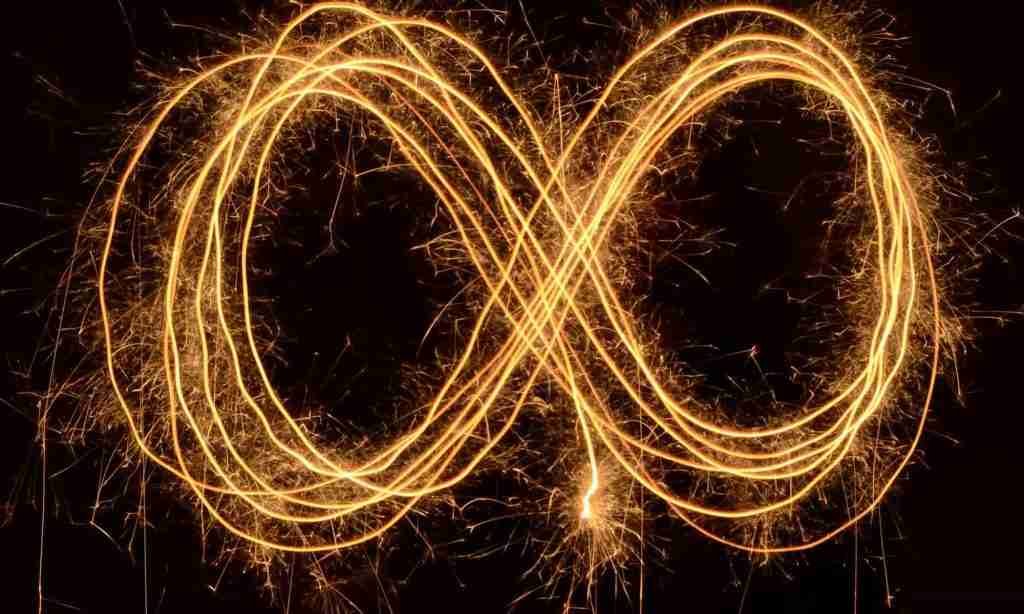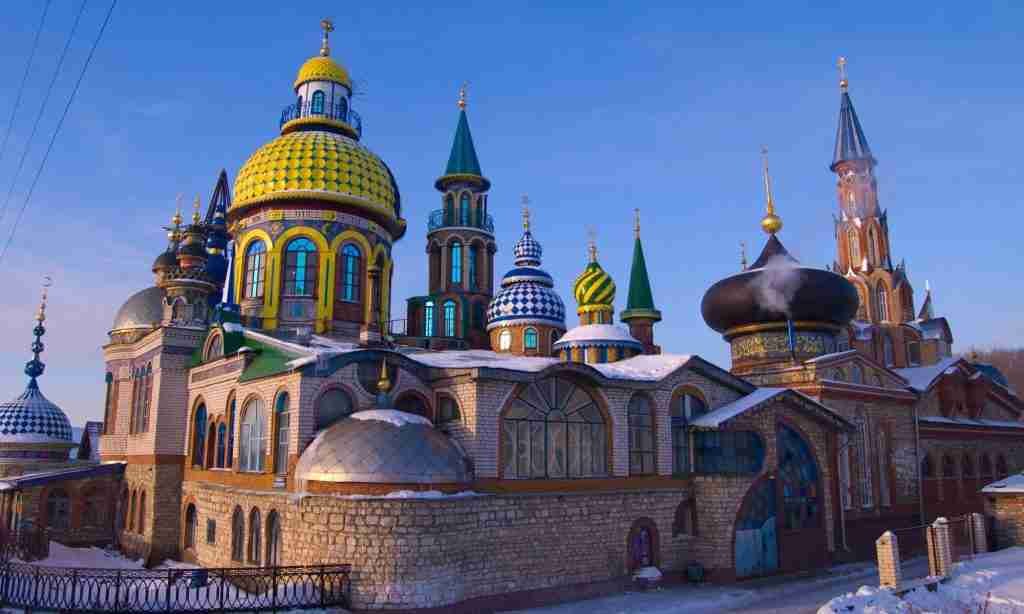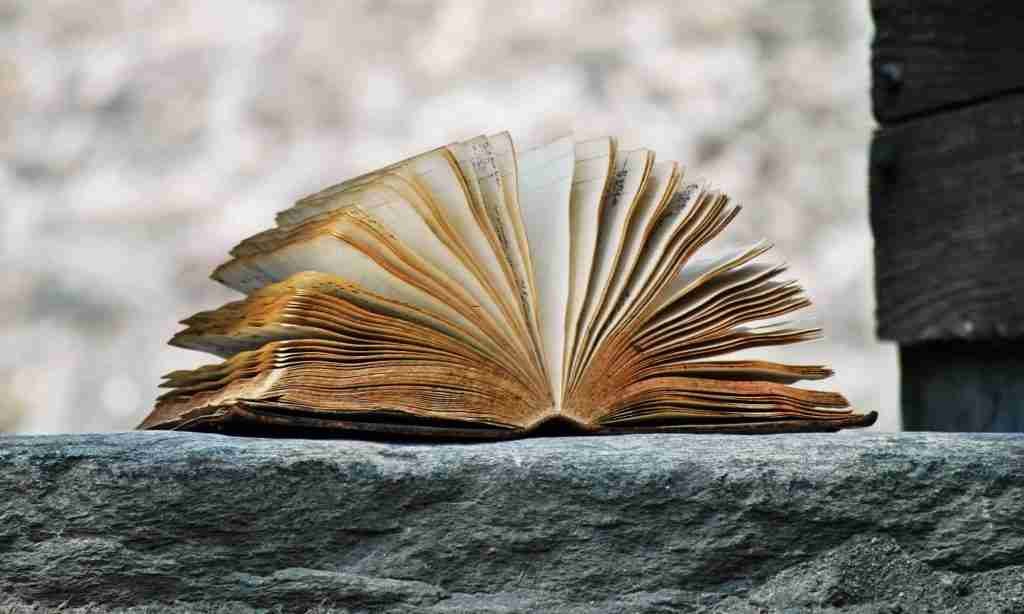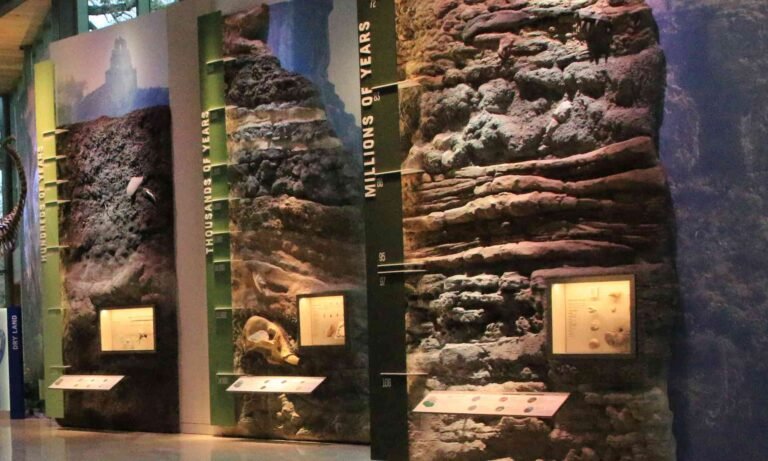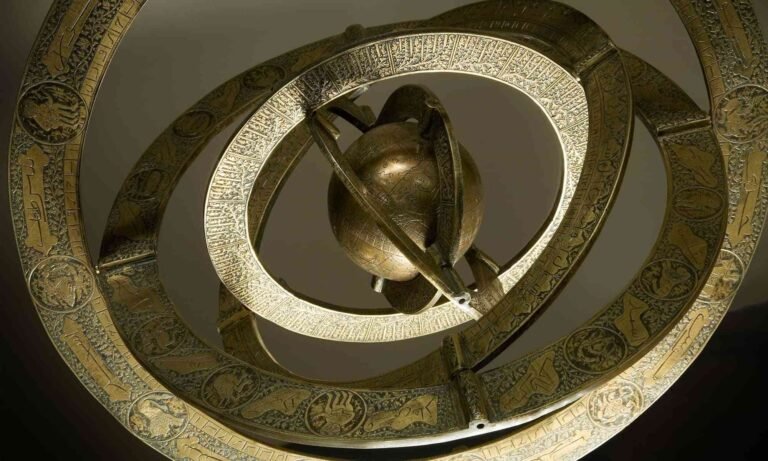Eternity is a concept that refers to infinite or endless time. It is often associated with ideas of immortality, permanence, and the absence of a beginning or end. In many religious and philosophical traditions, eternity is considered outside the realm of our human experience, representing a state of existence beyond the constraints of time. The concept of eternity has been a source of contemplation and inspiration for artists, writers, and thinkers throughout history, leading to diverse interpretations and representations in various forms of art and literature.
Eternity specifically refers to the possible infinity of time, either going forward into the future or backwards into the past or sideways even (if time has more than one dimension). Eternity is a concept that is temporal in nature and applies to things that are timeless.
Eternity is related to state of being timesless, whereas Infinity is related to anything which cannot be counted or measured. Eternity relates to “time” and infinity relates to “many dimensions”.
Infinity is a fascinating concept that has intrigued mathematicians, philosophers, and scientists for centuries. It represents something that is boundless, endless, and without limits. In mathematics, infinity is used to represent a quantity that is larger than any finite number. It plays a crucial role in calculus, set theory, and various other branches of mathematics.
“We cross infinity with every step; we meet eternity in every second.”
– Rabindranath Tagore
The Quest
The quest for eternity has been a profound theme throughout human history. From ancient mythologies to modern philosophies, humans have sought to understand and attain a state of everlasting existence. This blog post delves into the various dimensions of this quest, exploring why the idea of eternity captures our imagination.
Philosophers have long debated the nature of existence and the concept of eternity. Is it a physical state, a metaphysical ideal, or perhaps a mere illusion? Various schools of thought, including existentialism and dualism, present arguments either for or against the possibility of eternal life. Such discussions raise critical questions: What does it mean to exist indefinitely, and what implications would this have on human experience?
Cultural representations of eternity vary widely across different societies. In literature and art, it often symbolizes not only physical immortality but also the enduring impact of one’s legacy. Myths like the story of the Fountain of Youth or religious beliefs in an afterlife reflect our intrinsic desire for permanence. These narratives allow us to engage with the topic of eternity creatively, giving us hope amid life’s transience.
Using lessons from the worlds longest lived people and animals, world-renowned longevity researcher and physician Dr. Bradley Willcox shares some of the secrets to living long, healthy lives, and shares some of the latest research from his laboratory.
In conclusion, the quest for eternity remains an integral part of the human experience, challenging us to contemplate our existence and legacy. As we navigate the intricacies of life, our search for eternal meaning continues to inspire and provoke thought.
“If we consider eternity, into that time never entered; eternity is not an everlasting flux of time, but time is as a short parenthesis in a long period; and eternity had been the same as it is, though time had never been.”
– John Donne
The Questions
Eternity is forever. But what would this mean, especially because eternal life in one form or another is the ultimate promise of almost every Religion? Is there instant perfection, to be maintained forever? Progress to be made? What would we do forever? Wouldn’t we get bored? Would the flow of time seem the same? How to fathom a literal eternity?
How to imagine the experience of eternal life? Would we sense ourselves? How would we feel? Whom would we know? What would we do? What would any possible deity do? Living forever seems so absurd, yet eternal life is the promise of almost every religion. But if we cannot even imagine what eternal life will be, how can we have hope in its reality?
“Time is the moving image of Eternity.”
– Plato
The Thoughts
All beings – stones, beetles and philosophers – are in some (almost impossible to specify) sense in time, but only one has the idea of time. Man is the being for whom time, uniquely, is explicit: he times time, translating the apparent movement of the sun into hours on the clock and months on the calendar. He alone has placed inverted commas around it and called it ‘time’.
Even infidels must acknowledge this mysterious background whence the notion of eternity – whether it is unending time, timelessness, or a container that transcends and encloses time – has emerged. The concept of eternity raises questions about what kinds of beings we are, where we fit into the order of things.
More specifically whether we are perhaps so fundamentally different from other creatures that a different fate may await us when our hearts stop beating and our supply of tomorrows gives out. These may seem dangerously heretical thoughts for an Agnostic, but the very existence of the idea of eternity keeps the door of its possibility ajar.
The Arrow Of Time
The arrow of time refers to the one-directional flow of time from the past to the present and into the future. This concept not only emphasizes the asymmetry of time but also has profound implications on how we perceive various physical processes. In essence, it implies that certain events are irreversible, a principle that is intrinsic to the second law of thermodynamics.
The arrow of time can be observed in several natural processes. For instance, consider the melting of ice or the mixing of cream in coffee.
These events move in a single direction, from order to disorder, marking the inevitable progression of time. This irreversibility is a fundamental characteristic that helps distinguish past events from future possibilities. Additionally, in the cosmological context, the arrow of time is associated with the expansion of the universe, indicating that our universe is constantly evolving into a more disordered state.
Philosophically, the arrow of time raises questions about determinism and free will. If the universe is destined to evolve towards disorder, what does that mean for our choices and events happening in the present? Is there a possibility of reversing the flow of time, or are we forever bound to this trajectory? These questions encourage deeper reflections on human existence and our place within the cosmos.
In conclusion, the arrow of time serves as a profound reminder of our reality’s unique nature. Its irreversible flow reveals the universe’s complexity and the subtleties of our experiences, shaping how we perceive and interact with the world. Reflecting on this progression deepens our understanding of existence, inspires appreciation for life’s balance, and enhances our wonder about the cosmos. It also encourages us to embrace the transient beauty of each moment, fostering a deeper connection to the passage of time.
What’s More
The posts in My Blog feature reflective, story-driven pieces rooted in personal and societal insights.
The topics in My Interests explore abstract, philosophical ideas and their cultural and societal impact.
👁️ 7,763 Views



